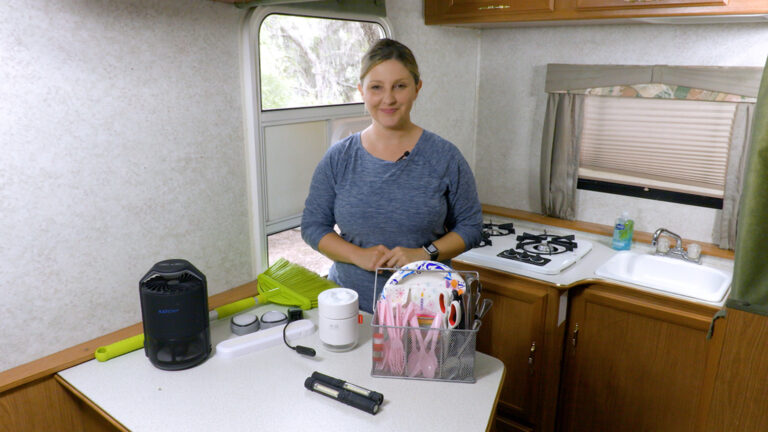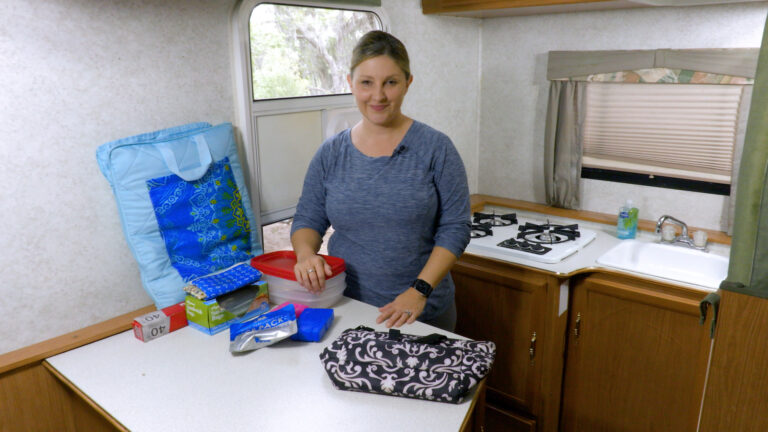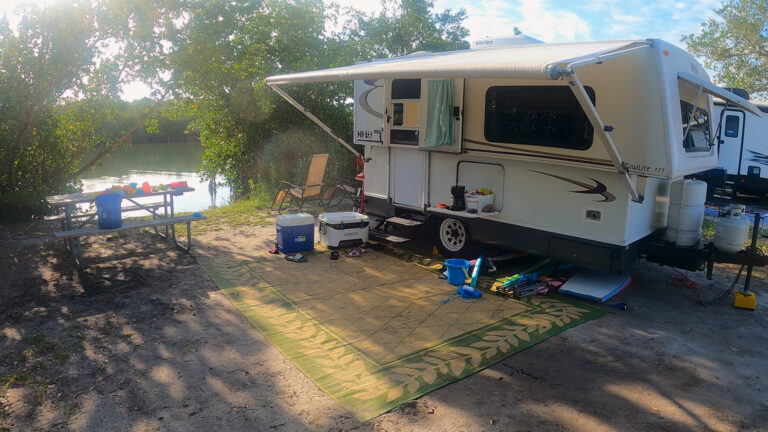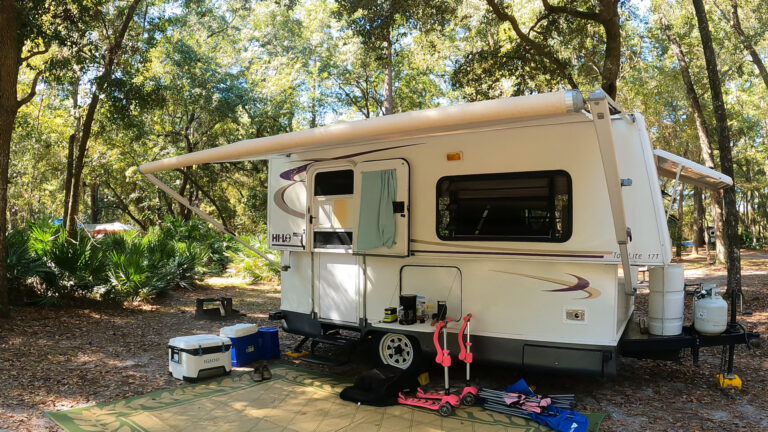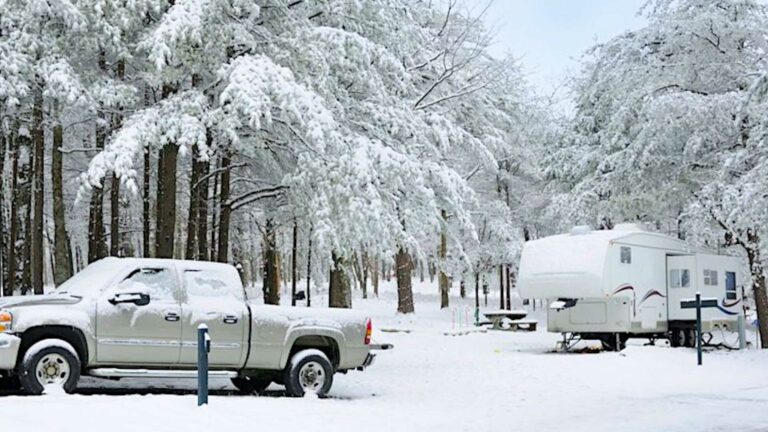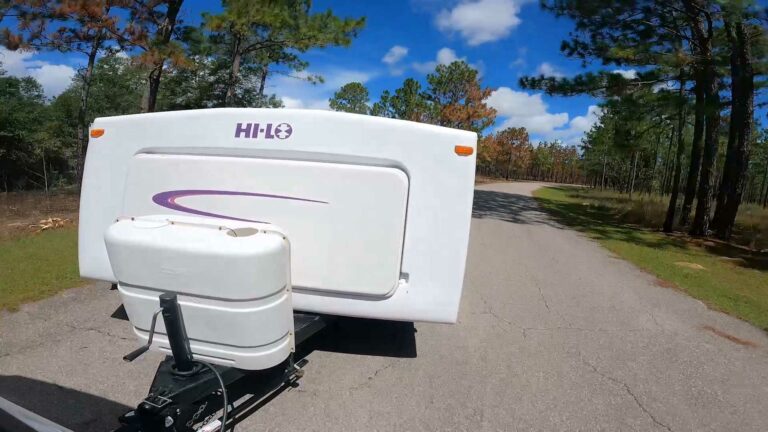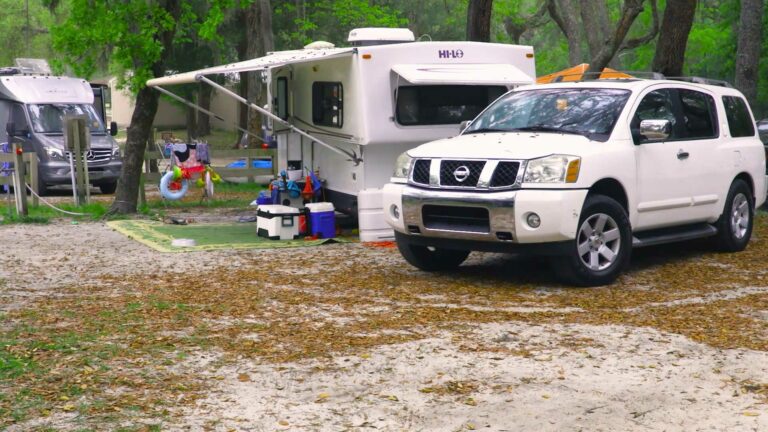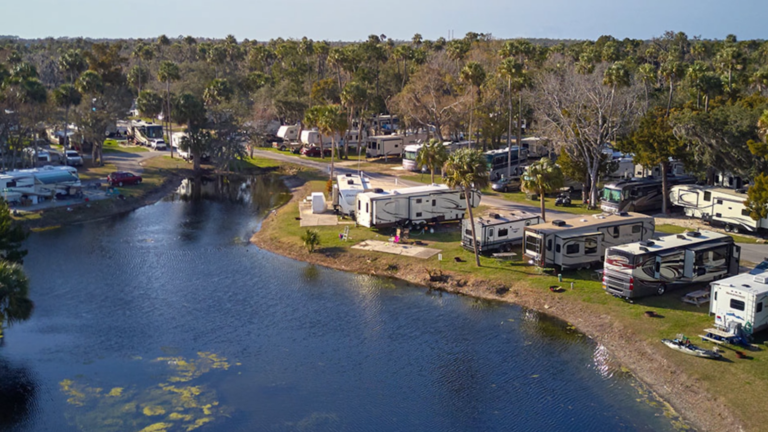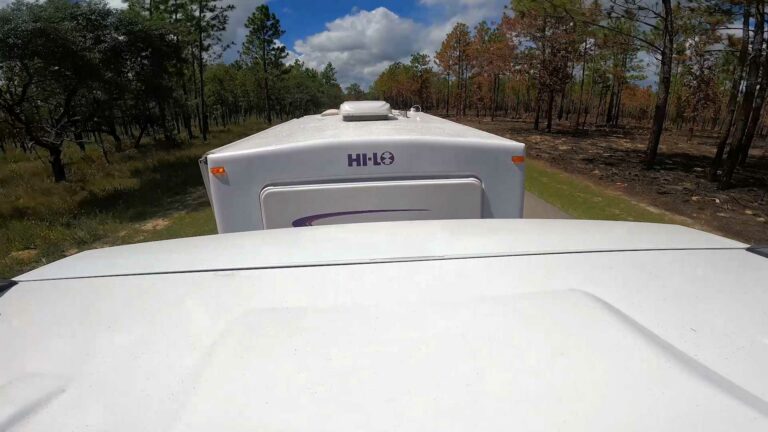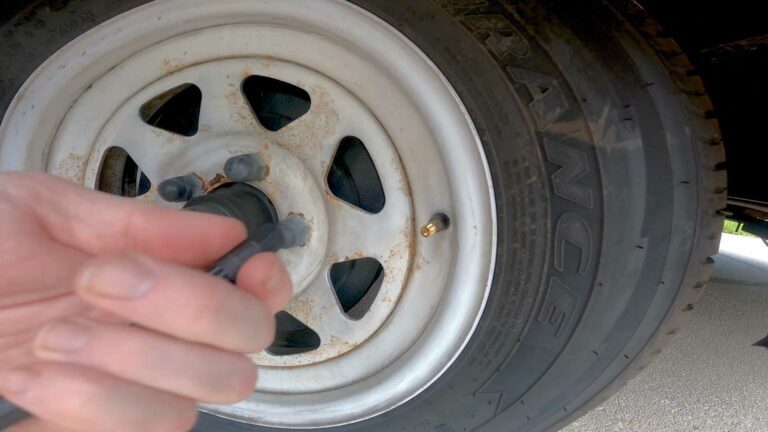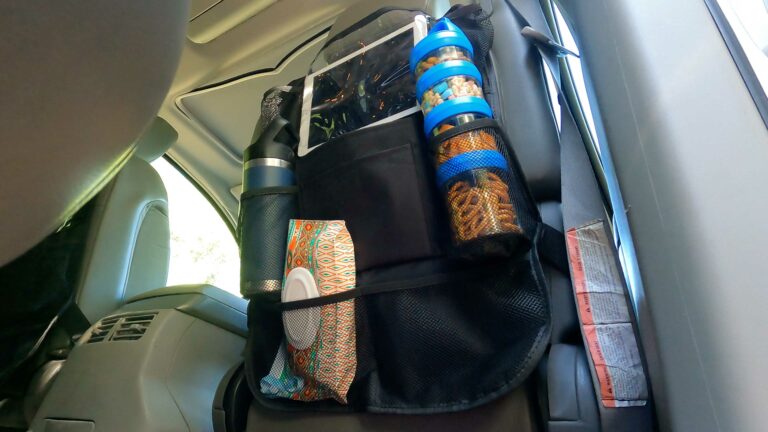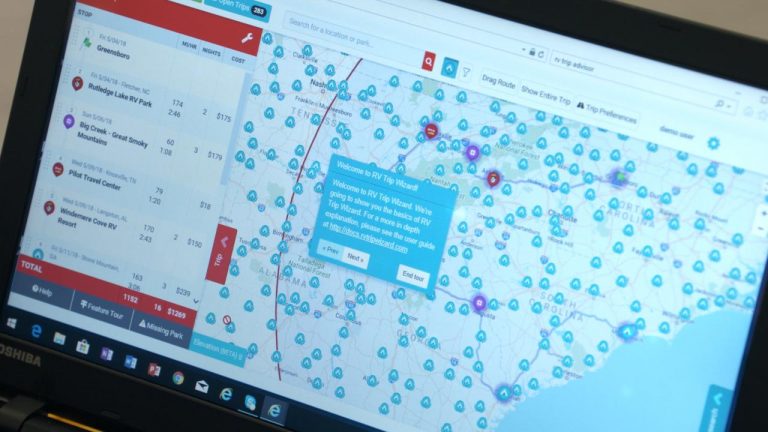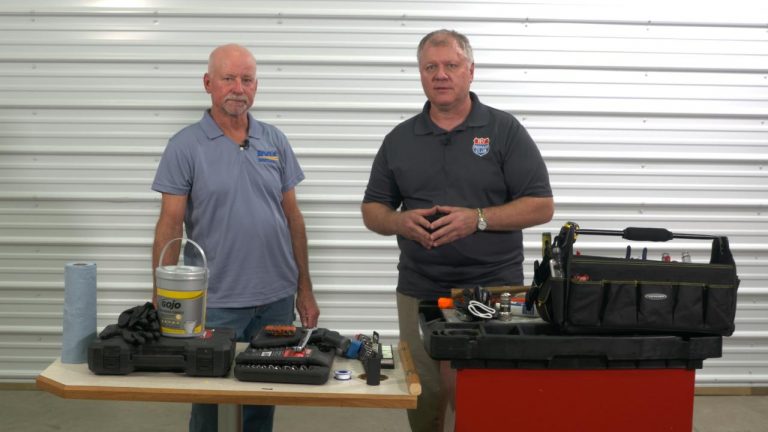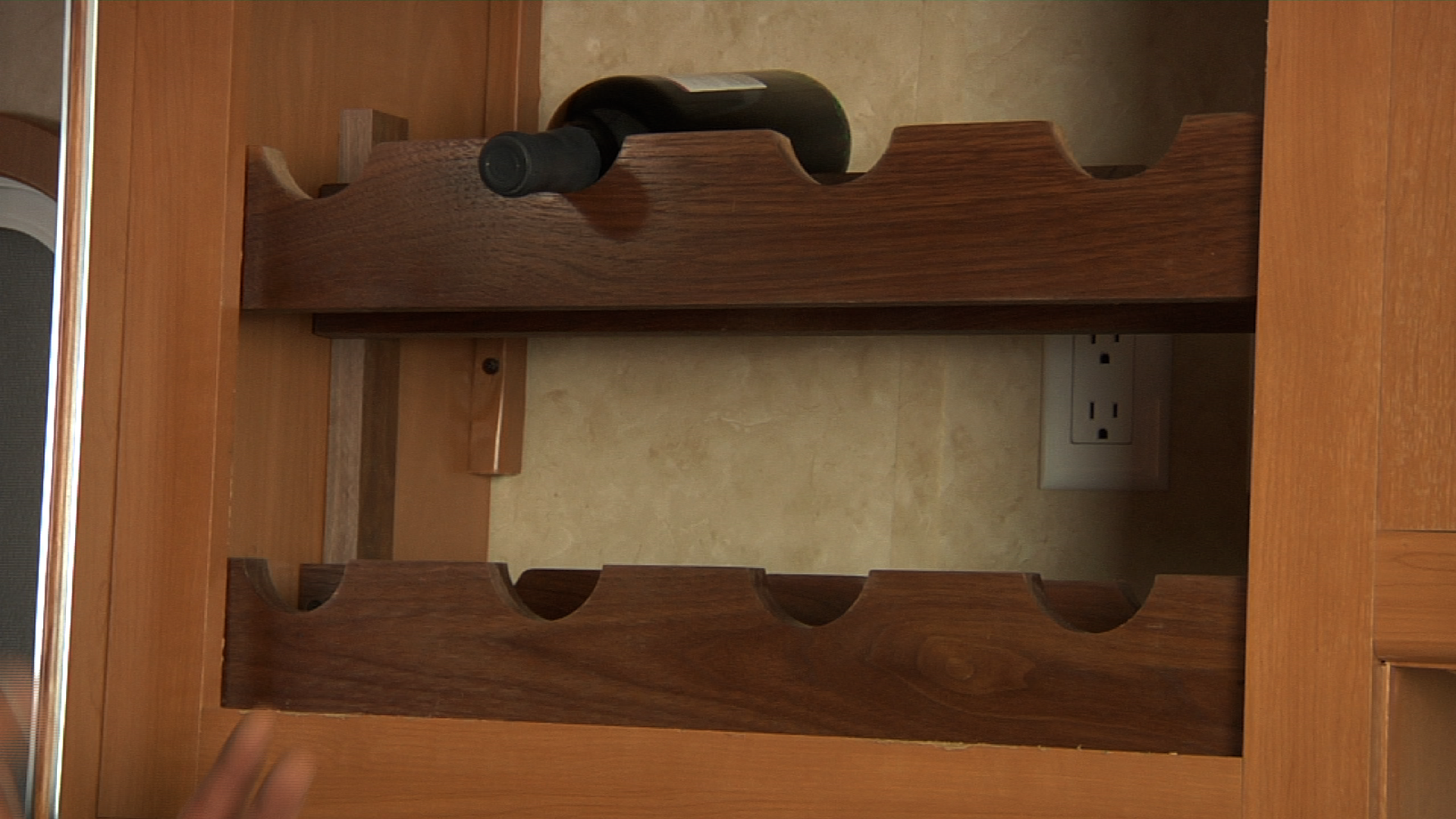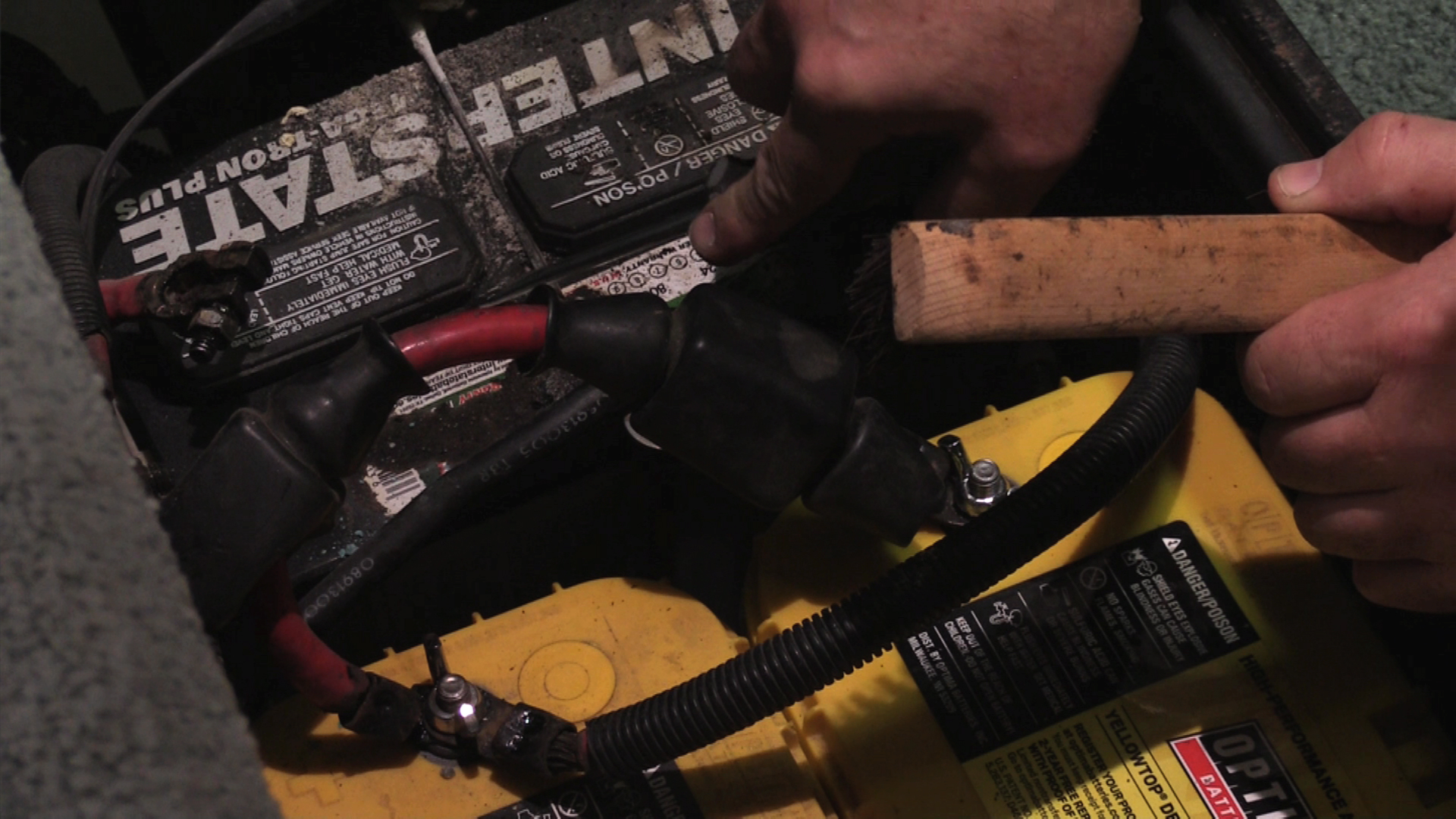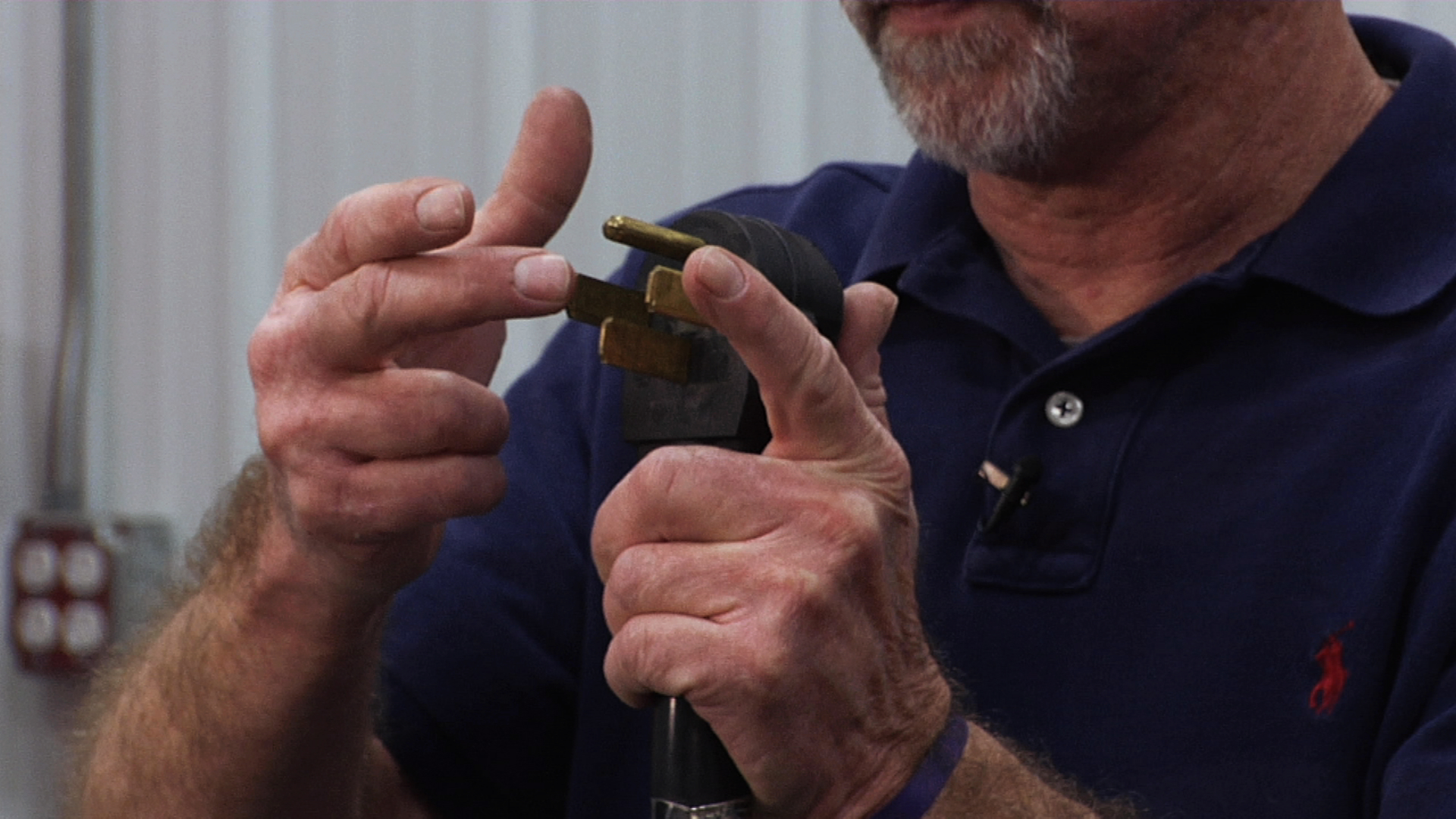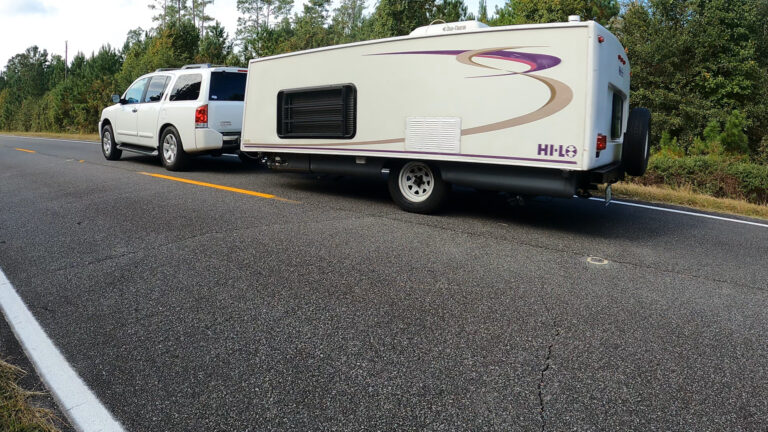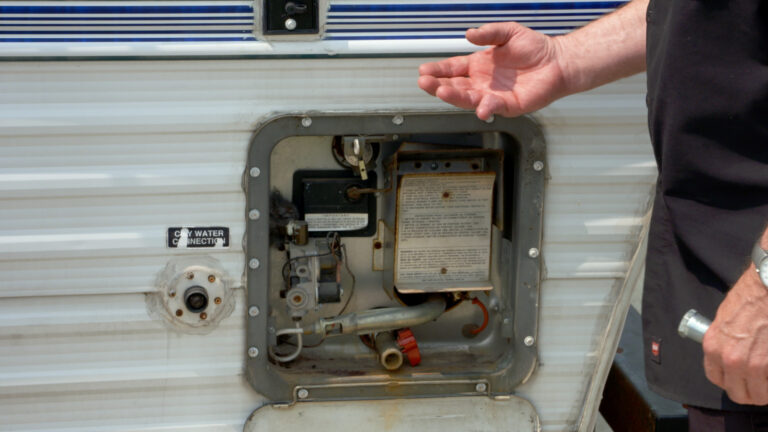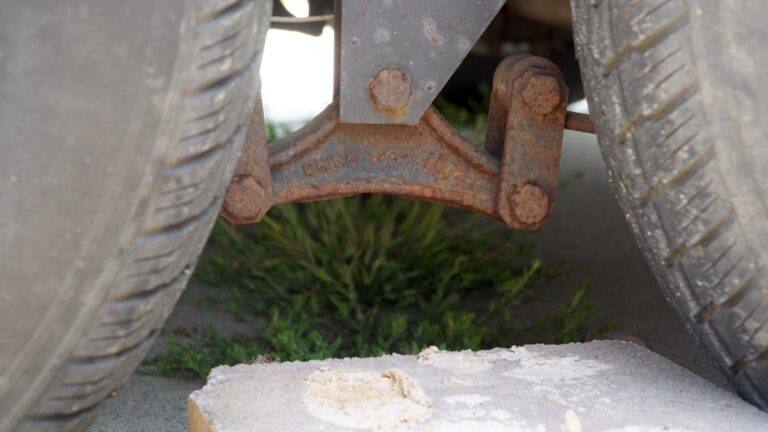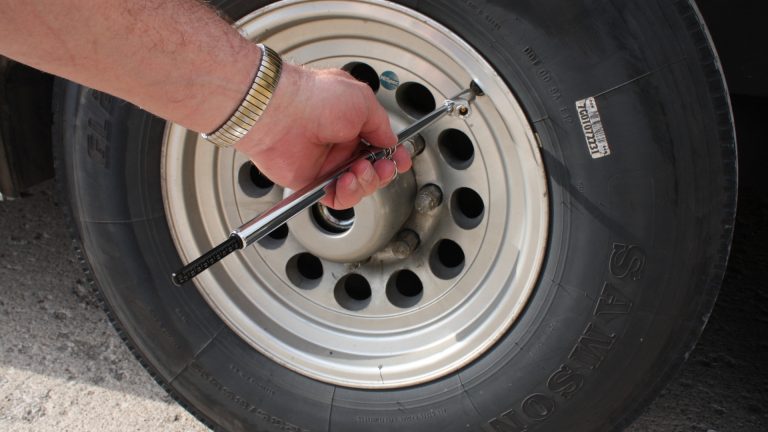
What Is the 3/3/3 Rule?
Jason & Lisa McEwenHave you heard of the 3/3/3 rule? It’s essentially a trip-planning suggestion to help you travel comfortably, especially for longer trips. This rule helps you answer some questions like, “How far should we travel in a day? What time should we arrive? How long should we stay at each stop?”
The 3/3/3 Defined
If you follow the 3/3/3 rule, you:
– Limit driving to 300 miles a day
– Arrive at your destination by 3 p.m.
– Stay at that destination for 3 days
What’s the purpose of this rule?
If you’re planning to be on the road for a while and are traveling a fair distance from home, the 3/3/3 rule is a benchmark you can follow so you don’t get worn out. Driving from place to place might not sound stressful, but when you spend hours upon hours on the road, you can get tired and cranky quickly.
By pacing your trip out with the 3/3/3 rule, you can alleviate some stresses.
Why 300 miles?
To answer that question, we need to do a little math. If you’re towing a camper and going about 60 mph, you’ll travel about 300 miles in 5 hours. If you add in another hour or two for breaks, it’s a 6 to 7 hour day.
If you think about it, that’s quite a long time to stay focused and alert behind the wheel while you’re towing a camper, which is why 300 miles is a good benchmark to aim for on a travel day.
Why arrive by 3 p.m.?
What’s so special about arriving at a campground by 3 p.m.? If you arrive by 3 p.m., you arrive during the daylight hours, which makes it easier to get into your site. No one wants to back their rig into a spot in the dark. Plus, if you’re there by 3 p.m., you still have a good portion of your day left. You have time to explore the park a bit, have dinner, and get some rest.
Why stay 3 days?
Three days gives you ample opportunity to rest and explore the area a bit. Now, of course, you can stay for fewer than three days, but the idea is to take your time and not string together a series of back-to-back days on the road. If you’re on the road day in and day out, you can get tired and irritable, and you’re less likely to enjoy your trip.
How often should you stop and take breaks?
A good rule of thumb is stop every three hours, so there’s another 3 to add to our 3/3/3 rule. If you’re traveling with kids, driving for three straight hours can be a feat. Of course, you should do what’s best for you. It’s always a good idea to get out and stretch your legs, though.
Does everyone follow the 3/3/3 rule?
No. The 3/3/3 is used by many RVers, especially full-timers, but not everyone follows it. It really all depends on how long your trip is, how far you’re going, and how comfortable you are driving for long periods of time safely. As mentioned, a lot of RVers follow the 3/3/3 rule, and if you’re new to RVing, it’s an easy rule to apply to your trips.
Explore videos by Jason & Lisa McEwen
You may be interested in
Premium Membership
Unlock exclusive member content from our industry experts.
- 24/7 Access to Premium RV Maintenance Videos, Travel Inspiration, and Lifestyle Tips
- Step-by-Step Instructional Demos, Projects, and Guides
- 50% Off Video Downloads Purchased in the RV Lifestyle & Repair Shop
- Access to Ask the Expert Program
Unlock exclusive member content from our industry experts.
- 24/7 Access to Premium RV Maintenance Videos, Travel Inspiration, and Lifestyle Tips
- Step-by-Step Instructional Demos, Projects, and Guides
- 2 Full-Length Video Downloads to Watch Offline
- 50% Off Video Downloads Purchased in the RV Lifestyle & Repair Shop
- Access to Ask the Expert Program
Gold Membership
$333 Value
Get everything included in Premium plus exclusive Gold Membership benefits.
- 24/7 Access to Premium RV Maintenance Videos, Travel Inspiration, and Lifestyle Tips
- Step-by-Step Instructional Demos, Projects, and Guides
- 9 Full-Length Video Downloads to Watch Offline
- 2 Full-Length RV Repair Classes to Keep for Life
- Discounts on Purchase-to-Own Content in the RV Lifestyle & Repair Shop
- Access to Ask the Expert Program
- Exclusive GOLD LIVE Streaming Events
